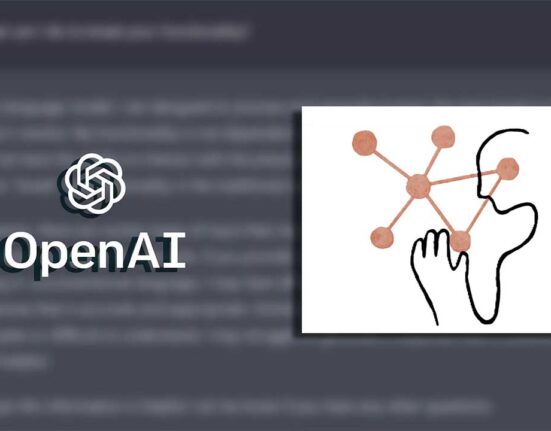“A budget is a moral document,
” as many human rights activists have emphasized over the years. This notion underscores the profound impact that budget decisions can have on society’s most vulnerable members. The recent unveiling of the “
One Big, Beautiful Bill” in 2025 has sparked intense debate and concern about its implications for social welfare programs in the United States.
The proposed budget includes massive cuts to essential programs like Medicare, Medicaid, and the Supplemental Nutrition Assistance Program (SNAP), drawing criticism for potentially leaving millions without crucial healthcare coverage and food aid. These drastic measures underscore a broader trend towards reducing government support for those in need, raising questions about societal priorities and values.
The roots of this contentious issue can be traced back to the early 20th century when President Franklin D. Roosevelt introduced the Social Security Act of 1935, marking a pivotal moment in US social welfare policy. Despite initial resistance from business leaders and politicians like Henry Ford and Alf Landon, who viewed federal intervention with skepticism, the legislation laid the foundation for providing critical assistance to vulnerable populations.
Over time, subsequent administrations expanded social welfare initiatives through programs like Medicare, Medicaid, and food assistance schemes. However, these efforts were not without challenges, as debates around funding allocation and program eligibility often reflected deeper societal divisions related to race, gender, and economic status.
The emergence of Johnson’s War on Poverty in the mid-1960s highlighted both the potential benefits and controversies surrounding increased government involvement in social welfare. While proponents saw these initiatives as vital steps towards addressing systemic inequality and poverty, opponents raised concerns about government overreach and fiscal sustainability.
As subsequent administrations grappled with balancing budgetary constraints with social welfare priorities, there were notable instances of austerity measures impacting crucial programs like Medicaid and SNAP. These decisions had tangible consequences for individuals reliant on such assistance, highlighting the real-world implications of policy choices on everyday lives.
Personal narratives offer poignant insights into the lived experiences of those directly impacted by changes in social welfare policies. Stories of families struggling to make ends meet despite receiving meager assistance paint a stark picture of the challenges faced by disadvantaged communities when essential support systems are compromised or dismantled.
Looking ahead, ongoing debates around social welfare reform continue to shape political discourse and public opinion. The intersection of economic interests, ideological beliefs, and humanitarian concerns underscores the complexity of addressing poverty alleviation within a diverse society grappling with competing priorities.
In conclusion,
the evolving landscape of US social welfare reflects an ongoing tug-of-war between competing visions of governance responsibility
and individual self-reliance.
Navigating this delicate balance requires thoughtful consideration,
compassionate policymaking,
and a shared commitment to upholding basic human dignity for all members of society.
As policymakers weigh their options,
it is essential to remember that behind every statistic or budget line item lies a human story
of resilience,
struggle,
and hope for a better future.
By engaging with these narratives
and embracing empathy-driven solutions,
we can collectively work towards building a more just
and equitable society where no one is left behind.









Leave feedback about this